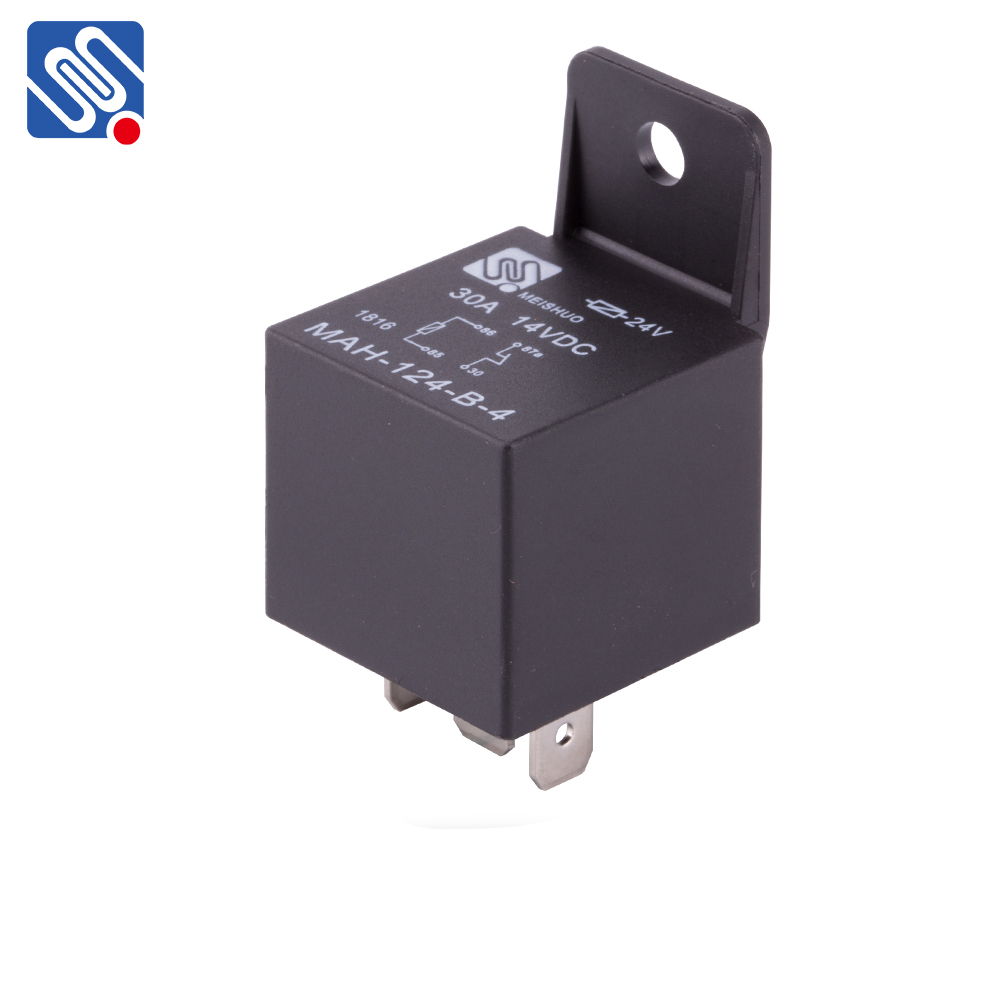understanding the power and applications of relay 24v in modern electrical systems
Release time:2025-10-28 16:15:19
A relay is a critical component in the world of electrical engineering and automation. Among the many types of relays, the 24V relay is one of the most commonly used in various applications. Whether it's for controlling machinery, switching circuits, or providing electrical isolation, a 24V relay offers a reliable and versatile solution. This article will explore what a 24V relay is, its types, working principles, and key applications in modern systems.

What is a Relay 24V?
A relay is an electrically operated switch that allows one circuit to control another. The "24V" in "Relay 24V" refers to the operating voltage required to activate the relay coil. Relays are available in both direct current (DC) and alternating current (AC) versions. The 24V relay, specifically, is designed to operate with a 24V input voltage, making it ideal for use in low-voltage control circuits.
When an electrical current passes through the relay's coil, it generates a magnetic field that either attracts or repels a set of contacts, which opens or closes the connected circuit. This action allows a small electrical signal to control a much larger current, making relays essential in controlling high-power devices with low-power signals.

